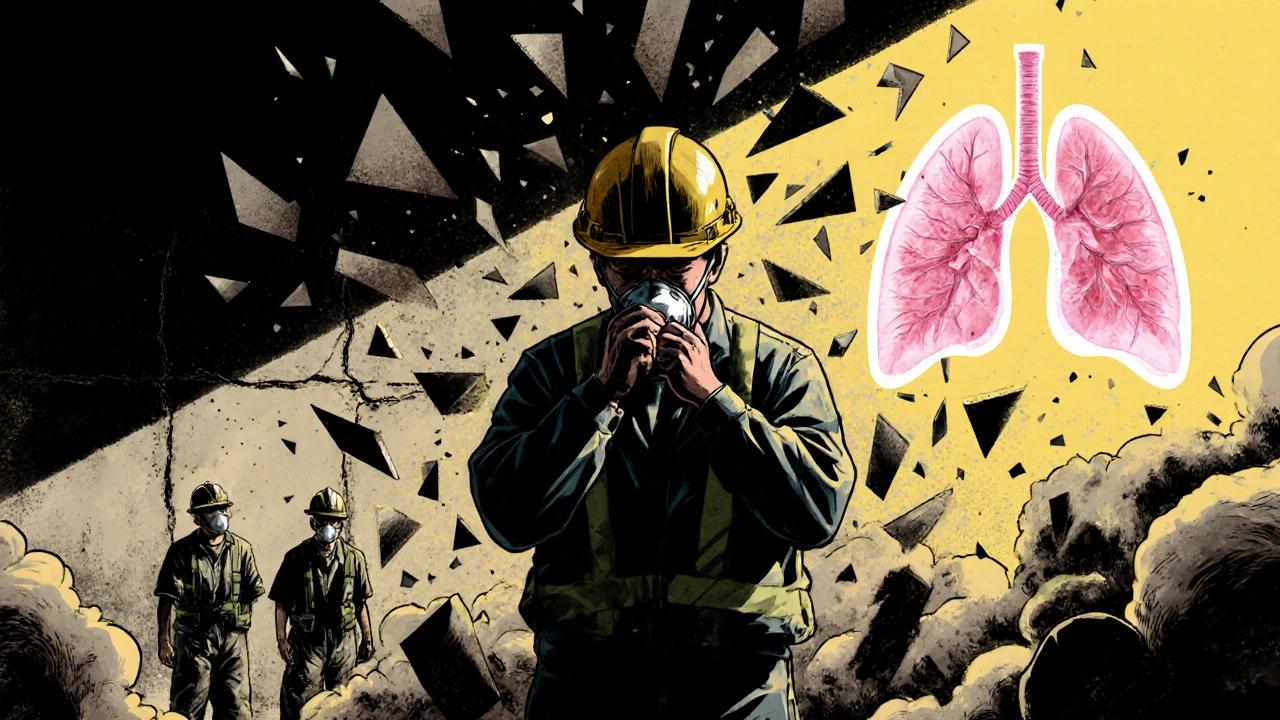Silica Dust: Risks, Exposure, and How to Stay Safe
When you think of dust, you might picture a weekend cleanup. But silica dust, a fine, airborne particle made of crystalline silica found in sand, stone, and concrete. Also known as crystalline silica, it’s one of the most dangerous types of dust workers breathe in every day. Unlike regular dust, silica dust doesn’t just irritate your nose—it gets deep into your lungs and can cause scarring, cancer, and even death over time. The CDC and OSHA both classify it as a known human carcinogen, and it’s linked to silicosis, a lung disease that’s still being diagnosed today in workers who thought they were just getting dirty on the job.
Where does this happen? Think cutting stone countertops, drilling concrete walls, sandblasting metal, or breaking up asphalt. Even sweeping up debris after demolition can kick up enough silica to be risky. It’s not just construction workers—people in foundries, pottery shops, and fracking sites face the same threat. And here’s the scary part: you can’t see the dangerous particles. They’re 100 times smaller than a grain of sand. You won’t cough right away. The damage builds silently over years. That’s why so many workers only find out they’re affected after it’s too late.
Thankfully, protection isn’t guesswork. Wet cutting, ventilation systems, and N95 respirators cut exposure by 90% or more when used correctly. Employers are required to follow safety rules, but many still cut corners. If you’re working near concrete, brick, or stone, ask: Is water being used to keep dust down? Are people wearing proper masks? Is the air being tested? These aren’t luxury precautions—they’re survival tools. The same science that shows how silica harms lungs also shows exactly how to stop it.
Below, you’ll find real-world guides on how silica exposure connects to lung disease, what safety gear actually works, and how medications and treatments help those already affected. These aren’t theoretical articles—they’re based on clinical data, workplace studies, and patient experiences. Whether you’re a worker, a caregiver, or just trying to understand the risks, this collection gives you the facts you need to stay safe.

